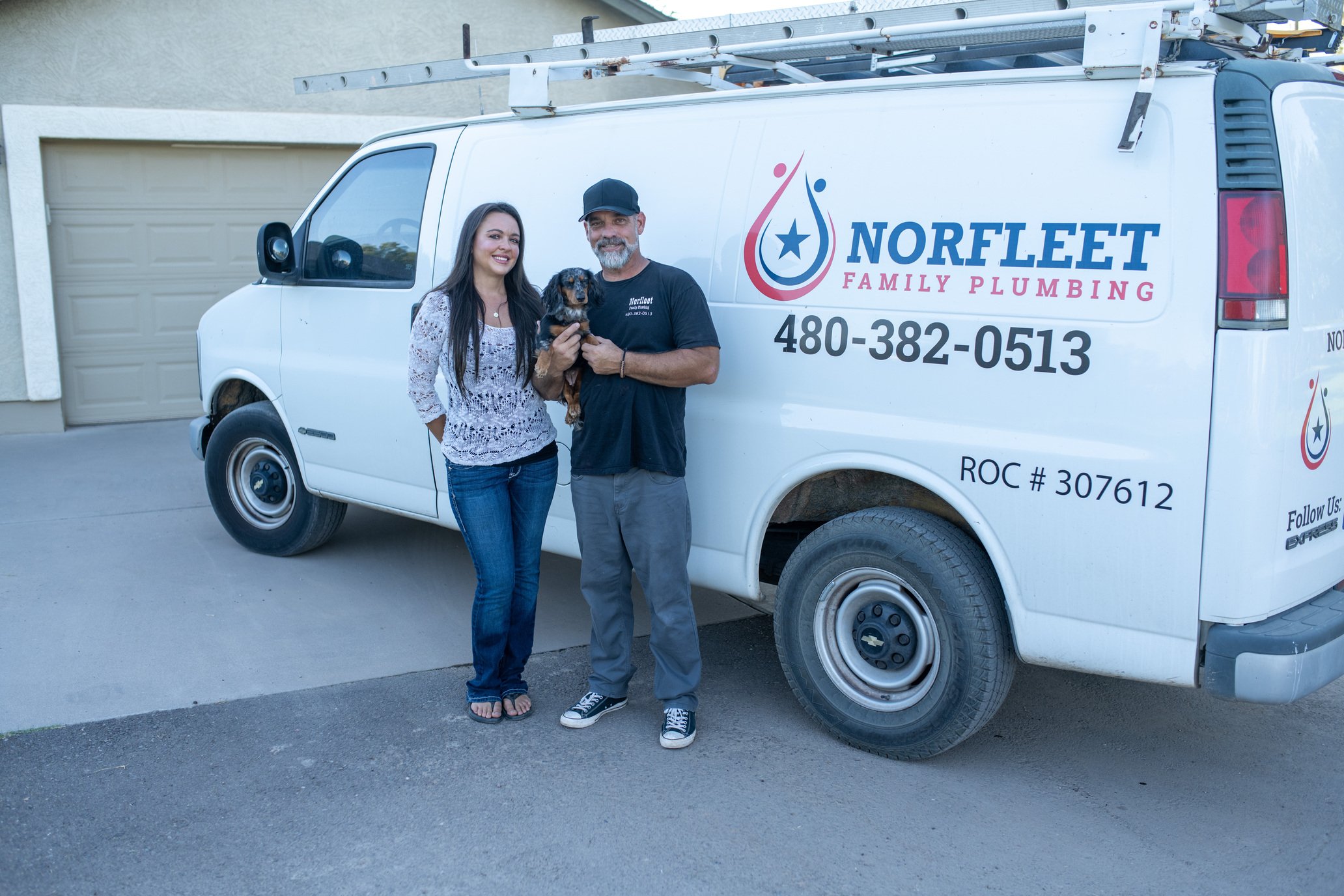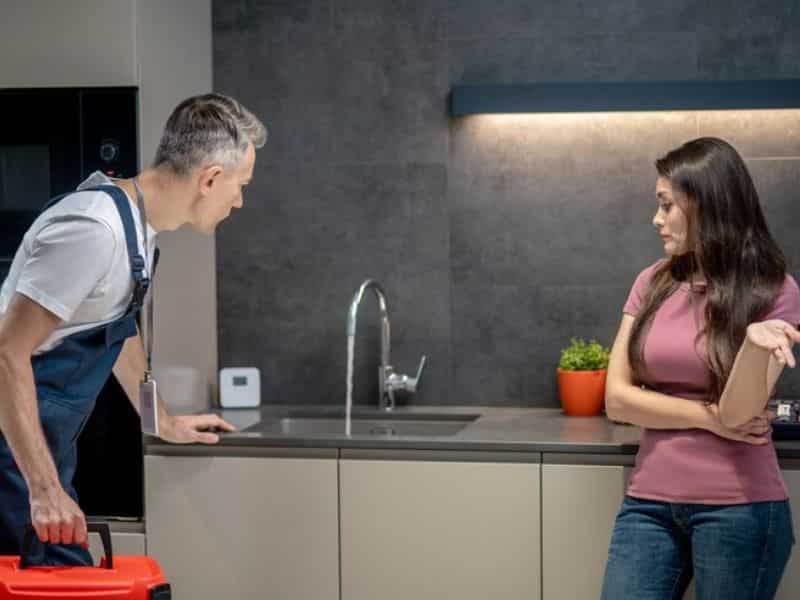How do you really feel in regards to Plumbing Basics For Every Home: The HomeTriangle Guide?

Plumbing is a crucial facet of any home, in charge of providing clean water for alcohol consumption, cooking, and showering, along with removing wastewater safely. Understanding the basics of home plumbing is important for every property owner to make sure correct maintenance, troubleshooting, and, if necessary, repair services. In this novice's overview, we'll cover the essential principles of home plumbing to help you become more acquainted with how it functions.
Water Supply System
The supply of water system brings clean water into your home from a metropolitan water resource or an exclusive well. It includes a primary water line that links to your home's plumbing system, normally located underground. A water meter determines the quantity of water taken in, while a shut-off valve permits you to manage the circulation of water right into your home.
Plumbing Fixtures
Plumbing components are gadgets that supply water to numerous parts of your home and consist of sinks, taps, bathrooms, showers, bathtubs, and devices such as dishwashing machines and cleaning machines. Each component is attached to the water supply system by means of pipes and fittings and might have its shut-off valve for maintenance or emergency situations.
Water Furnace
The water heating unit is responsible for home heating water for residential use, consisting of showering, food preparation, and cleaning. Typical kinds of hot water heater include tank-type water heaters, tankless (on-demand) hot water heater, and heat pump water heaters. The water heater is attached to the water supply system and supplies hot water to plumbing components as required.
Water drainage System
The drainage system removes wastewater from your home and lugs it away to a sewer treatment facility or septic system. It contains a network of pipelines, installations, and fixtures that move wastewater from plumbing components to the major sewer line or sewage-disposal tank. Proper drain is necessary to prevent clogs, back-ups, and sewage leaks.
Air flow System
The air flow system assists maintain correct atmospheric pressure and stop drain gases from entering your home. Vent pipes, also referred to as air vent heaps, prolong from plumbing fixtures to the roofing system, permitting sewer gases to run away securely outdoors. Ventilation pipes likewise enable air to get in the drain system, promoting smooth wastewater circulation and preventing suction or vacuum results.
Common Plumbing Tools
Having the right devices available is necessary for doing basic plumbing repairs and maintenance jobs. Usual plumbing devices consist of adjustable wrenches, pipe wrenches, pliers, pipe cutters, hacksaws, bettors, augers (or drainpipe snakes), and Teflon tape. Having these devices easily available can assist you deal with minor plumbing issues effectively.
Standard Plumbing Fixings
While some plumbing repair services may call for professional assistance, many usual problems can be attended to with fundamental DIY strategies. Discovering exactly how to take care of a leaky faucet, unblock a drainpipe, replace a toilet flapper, or repair a trickling showerhead can conserve you time and money on plumbing repair work.
Conclusion
Understanding the essentials of home plumbing is vital for every property owner to preserve a secure, useful, and reliable plumbing system. By acquainting yourself with the supply of water system, plumbing fixtures, drainage system, ventilation system, common plumbing tools, and basic repair work, you can confidently address minor plumbing issues and guarantee your home's plumbing system runs smoothly.
Understanding Basics of Home Plumbing System: A Beginner's Guide
The Main Components of Your Home Plumbing System
The Water Supply System
This system is responsible for transporting fresh water into your home. It usually has a main water line that splits into two branches: one directed towards cold water services and the other connected to a water heater for hot water. The pressure is key here; it ensures water reaches all parts of your house.
The Drainage System
Once water has been used, it becomes wastewater that needs to be removed from your home. This is where the drainage system comes into play. It includes all the pipes that carry wastewater and sewage away from your house to sewage treatment facilities or septic tanks.
The Vent System
The vent system prevents sewer gases from entering your home and helps maintain the pressure balance that allows wastewater to flow out properly. These vents usually exit through the roof of your house.
Water Heating System
For those who enjoy hot showers or using hot water for cleaning, the water heater is a crucial part of the plumbing system. It can be a tankless system, which heats water on demand, or a traditional water tank model.
Common Plumbing Problems and Basic Troubleshooting
Plumbing systems, while designed to be durable, can face issues like clogged drains, leaky faucets, or low water pressure. Here are some basic troubleshooting tips:
Clogged Drains
Use a plunger or a plumber's snake to try and dislodge whatever is blocking the drain. Regular cleaning can prevent clogs.
Leaky Faucets
Often caused by worn-out washers or gaskets, these can usually be replaced by someone with basic DIY skills.
Low Water Pressure
This might be due to sediment build-up in your fixtures or a leak somewhere in your water line. Cleaning out aerators or seeking a professional to detect leaks might be necessary.
Preventive Maintenance Tips
Maintaining your plumbing system is key to avoiding emergencies. Regularly check for leaks, avoid disposing of grease down the sink, and have your system inspected by a professional plumber at least once a year.

I hope you enjoyed our part about Plumbing Basics Every Homeowner Should Know. Thanks a ton for spending some time to read through our piece. Enjoyed our blog posting? Please quickly share it. Help others discover it. Kudos for your time. Return soon.
Instant Quote